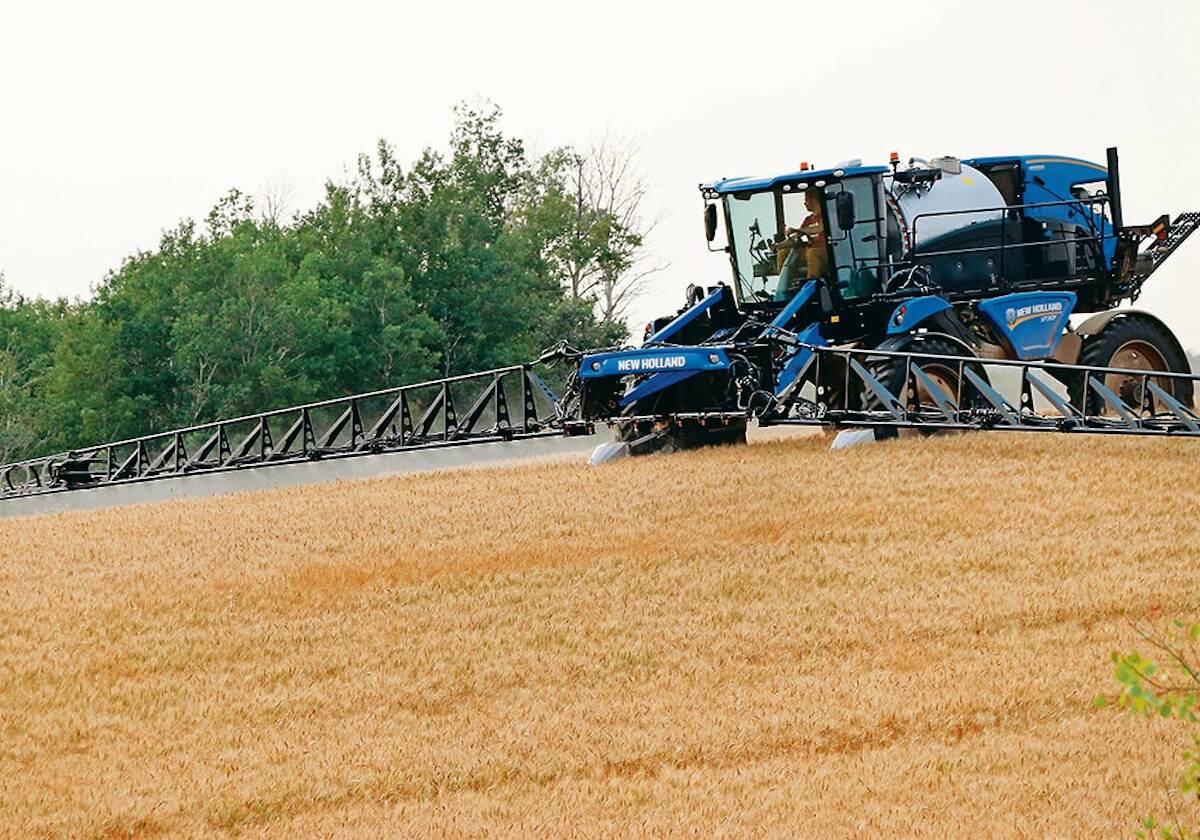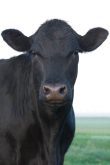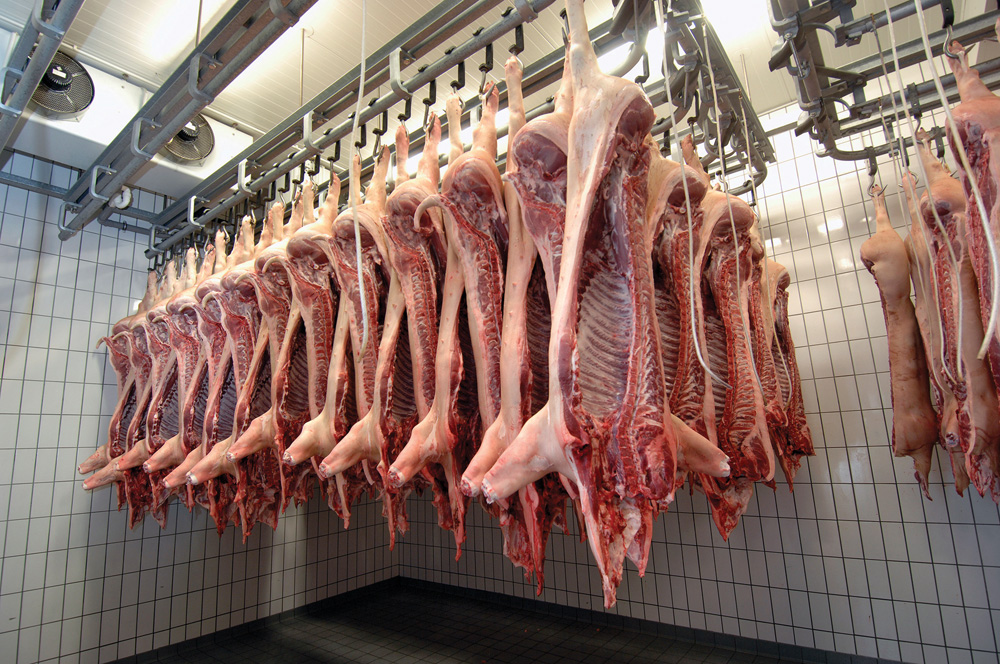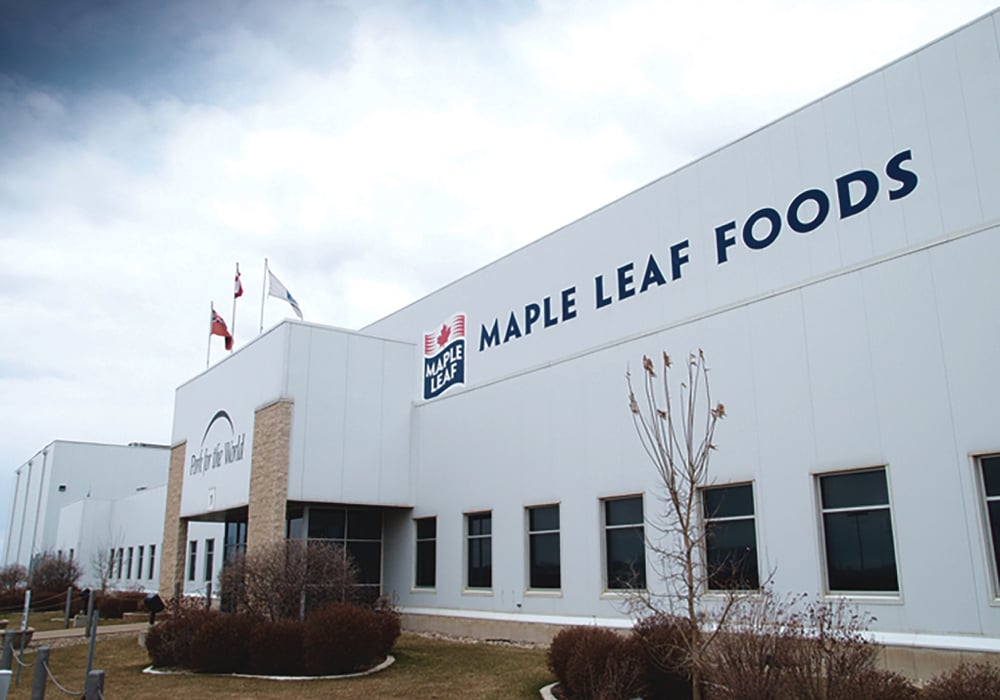“If one of our facilities doesn’t find it during regular testing, we would audit them to make sure their testing was thorough enough.”
– MAPLE LEAF FOOD SAFETY OFFICER RANDY HUFFMAN
Maple Leaf Foods is tackling listeria on several fronts in its 27 Canadian food plants to try to keep the wily bacteria out of its meat products, senior company officials explained during a briefing March 6.
“We believe listeria is in all our plants,” said Randy Huffman, chief food safety officer with Maple Leaf. “Our challenge is to prevent it from contaminating our products.”
Read Also

Farming still has digital walls to scale
Canadian farms still face the same obstacles to adopting digital agriculture technology, despite the years industry and policy makers have had to break them down.
Listeria thrives at fridge temperatures and is so hearty in the cool, damp conditions of processing plants “that if one of our facilities doesn’t find it during regular testing, we would audit them to make sure their testing was thorough enough.”
Last summer, a listeria outbreak that was traced to Maple Leaf deli meats from a plant in Toronto killed 20 and sickened more than 50. The company has established a $27 million compensation fund for the victims.
It has also created “an aggressive environmental monitoring program for all its facilities across the country,” said Huffman, who joined Maple Leaf last fall in the newly created CFSO position. The program’s goal is to test and sanitize to keep listeria under control.
Iain Stewart, senior vice-president for food safety and transformation, said the company has also changed the layouts of its plants to cut down on hiding places for listeria.
Maple Leaf has “doubled the amount of testing in all plants,” increased testing on all production lines and expanded food safety training for employees, he said.
When a positive is found, “we take the time to understand where it came from. We consider the history of the plant and past actions there to deal with listeria,” he said.
The company also puts a production line where listeria was detected on increased product testing until it is satisfied the line is completely safe, he adds.
Maple Leaf wants “to be at the leading edge of listeria control internationally,” Huffman said. It’s setting up a food safety advisory panel, whose members will be announced in the coming weeks, and installing new slicers and other processing machinery that are designed to inhibit the harbouring of listeria bacteria.
The company’s also making increased use of sodium acetate, finally approved last year by Health Canada, to control the spread of the bacteria in ready-to-eat meats.
It is also experimenting with a machine that destroys the bacteria under extreme pressure applied in a water bath, he said. “We’re looking for other new technologies that could help us.”
He said he hopes Health Canada and the Canadian Food Inspection Agency will give speedy approval to new developments.
While he didn’t get into details, Huffman said the company is seeking clarification from the CFIA on how aspects of its new listeria-testing program would work. “Our inspection program certainly meets the intent of those regulations.”
The rules should apply to all ready-to-eat food products as well as to provincially inspected plants in Canada, he said.
Stewart notes the first step in combating listeria is “impeccable daily sanitation.” Maple Leaf plants have crews that thoroughly clean the facility every evening.
With all the countermeasures, Huffman said, the company expects to see a decline in the prevalence in all six strains of listeria as well as other harmful bacteria such as salmonella and E. coli in its plants but it will always have to be on guard against them, as they can enter meat plants on raw meat as well as on workers’ clothes and boots.


















